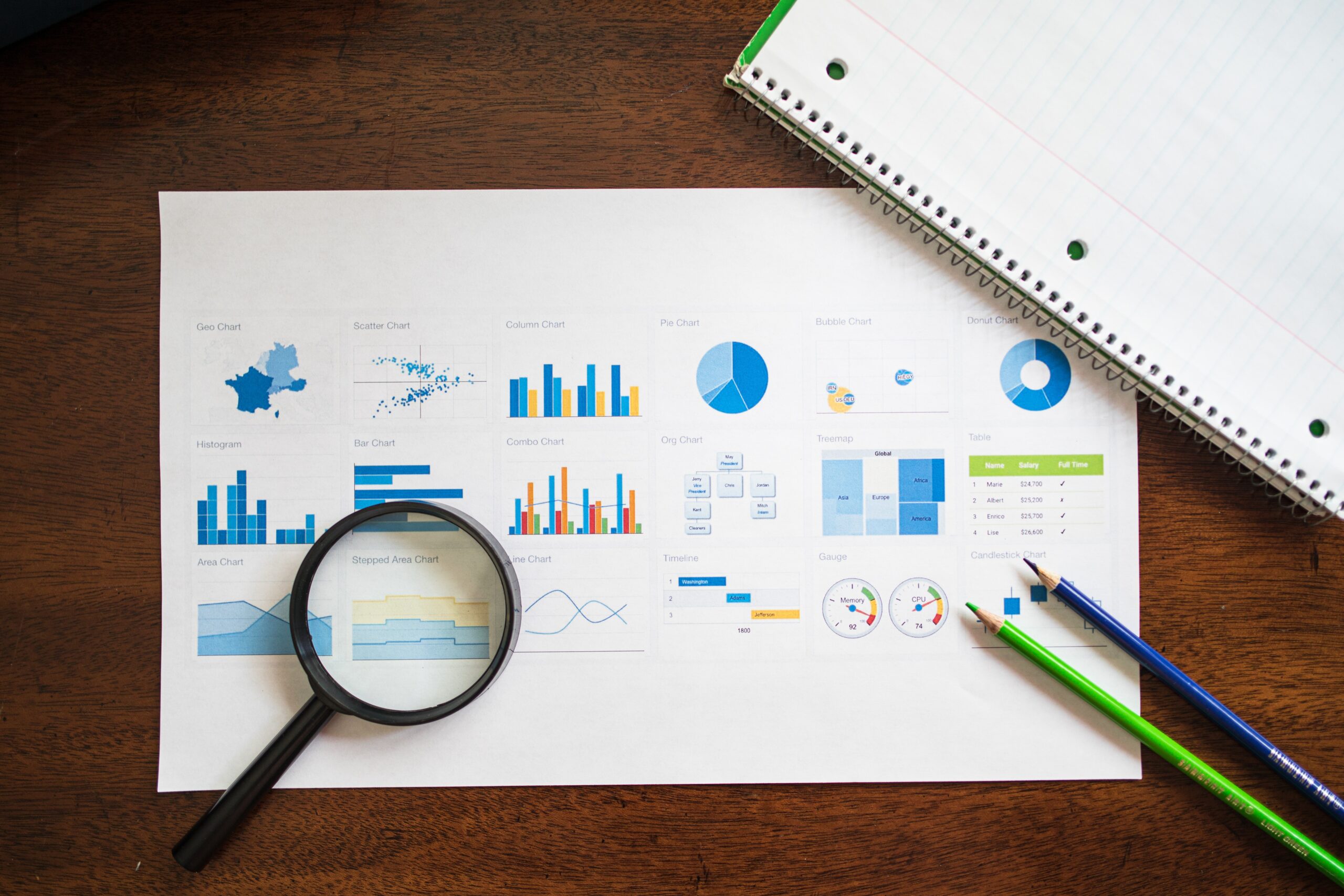
The abundance of data can be overwhelming, making it challenging to convey meaningful information to others effectively, this is where the power of data visualization comes into play. In today’s information-driven world, data is being generated at an unprecedented rate. From business analytics to scientific research, data plays a crucial role in understanding trends, patterns, and insights. By transforming complex data sets into visually appealing and easy-to-understand infographics, we can create compelling stories that engage and inform.
According to a study conducted by 3M Corporation, presentations that include visual aids are 43% more persuasive than those without.
In this blog, we will explore the importance of data visualization and how it can unlock valuable insights.
Research shows that humans are highly visual beings, processing visual information faster and retaining it for longer periods compared to text or numbers alone. Infographics, as a form of visual storytelling, leverage this innate human preference for visuals and allow us to communicate complex information in a concise and engaging manner.
One of the significant advantages of data visualization is its ability to simplify complex concepts. When dealing with vast amounts of data, extracting the relevant information can be challenging. However, by using charts, graphs, and diagrams, we can distil complex patterns into simple visual representations. For example, a line graph can effectively illustrate the rise and fall of sales over time, enabling businesses to identify seasonal trends and make informed decisions accordingly. By presenting data in an easily digestible format, infographics help us grasp key insights quickly.
Furthermore, data visualization facilitates better decision-making by providing a comprehensive view of the data. By presenting data in different visual formats, such as pie charts, bar graphs, or heat maps, we can uncover hidden correlations and relationships that may not be apparent in raw data. This allows businesses and organizations to make data-driven decisions and identify areas for improvement or opportunities for growth. For instance, a heat map showing customer demographics can help marketers target specific regions or demographics for their products or services.
Apart from enhancing comprehension and decision-making, data visualization also aids in storytelling. Infographics have the power to evoke emotions and captivate audiences, making the data more memorable and impactful. By incorporating visually appealing elements, such as colours, icons, and illustrations, we can create a narrative that engages the viewer on an emotional level. For instance, a charity organization can use an infographic to depict the impact of their work visually, showcasing the number of lives changed or communities transformed. By doing so, they can inspire action and garner support for their cause.
In conclusion, data visualization is a powerful tool that enables us to transform complex data into compelling stories. By leveraging the innate human preference for visuals, we can convey information effectively, simplify concepts, and uncover valuable insights. Infographics engage and captivate audiences, making the data more memorable and impactful. As we navigate the era of big data, it is crucial for businesses, researchers, and organizations to harness the power of data visualization to communicate their message clearly and efficiently.
At Coding Brains, our software development company, we understand the significance of data visualization in today’s digital landscape. With our expertise in data analytics and visualization, we help businesses and organizations unlock the true potential of their data. Whether you need interactive dashboards, infographics, or custom visualizations, our team of experienced professionals is dedicated to delivering innovative solutions that turn your data into compelling stories. Contact Coding Brains today and let us help you harness the power of data visualization for your business success.


Leave a Reply